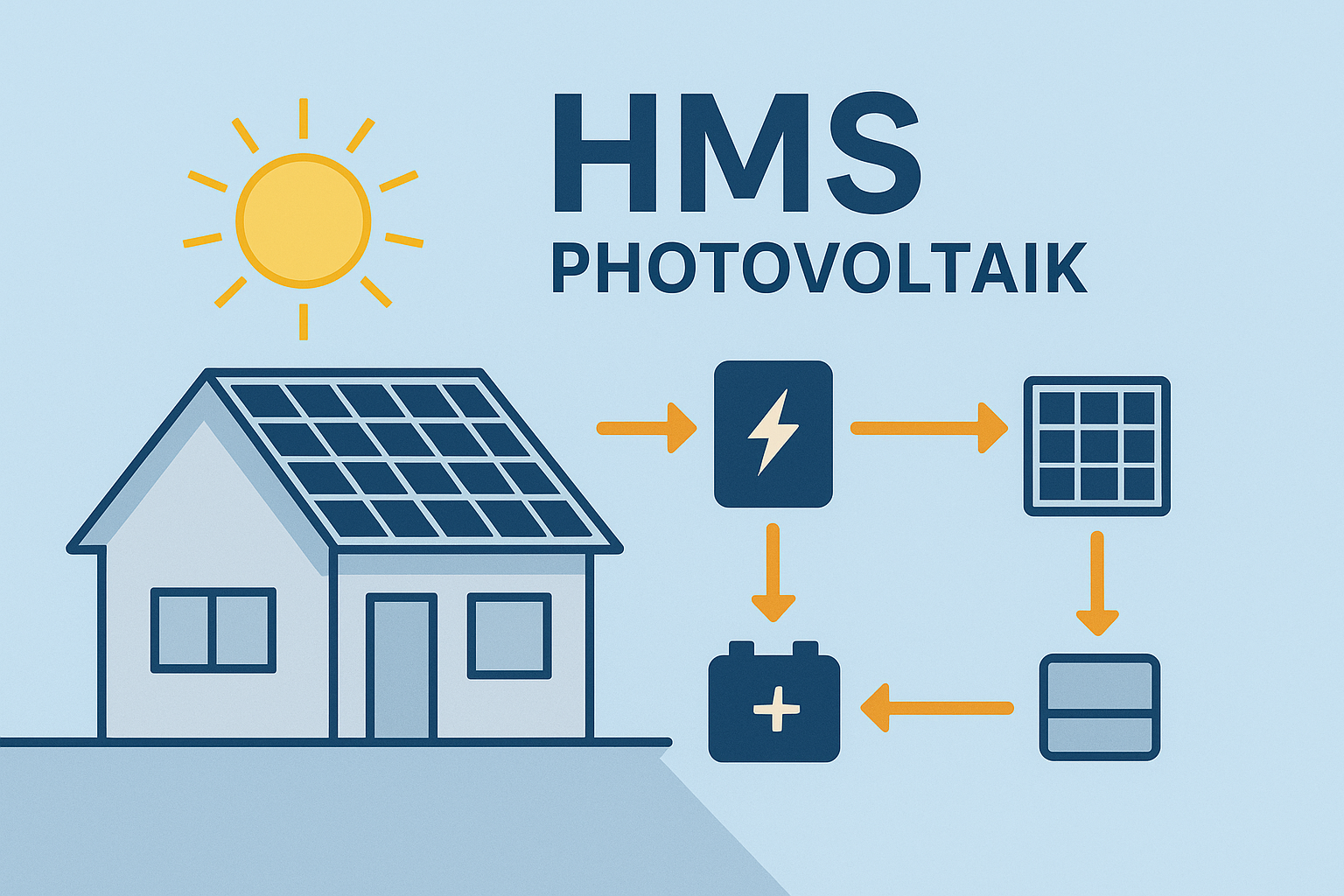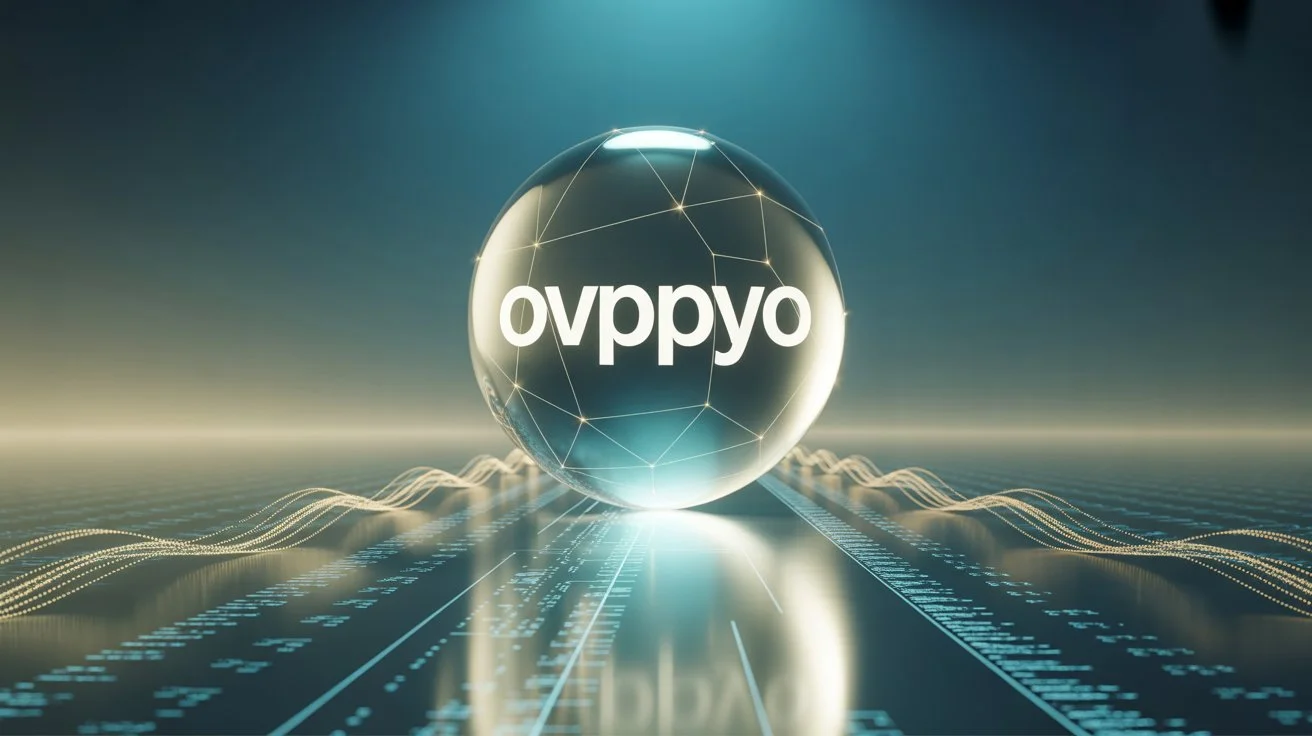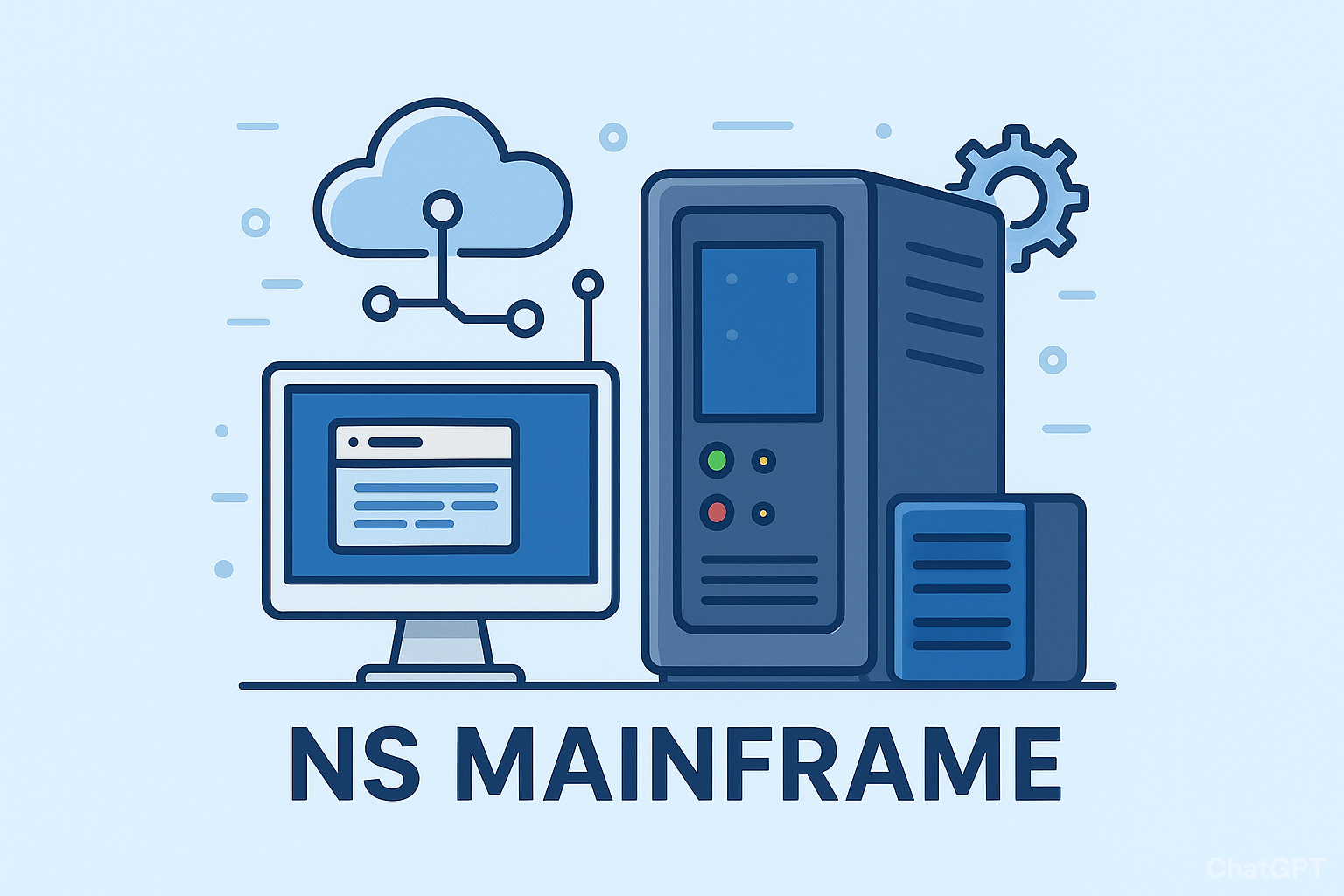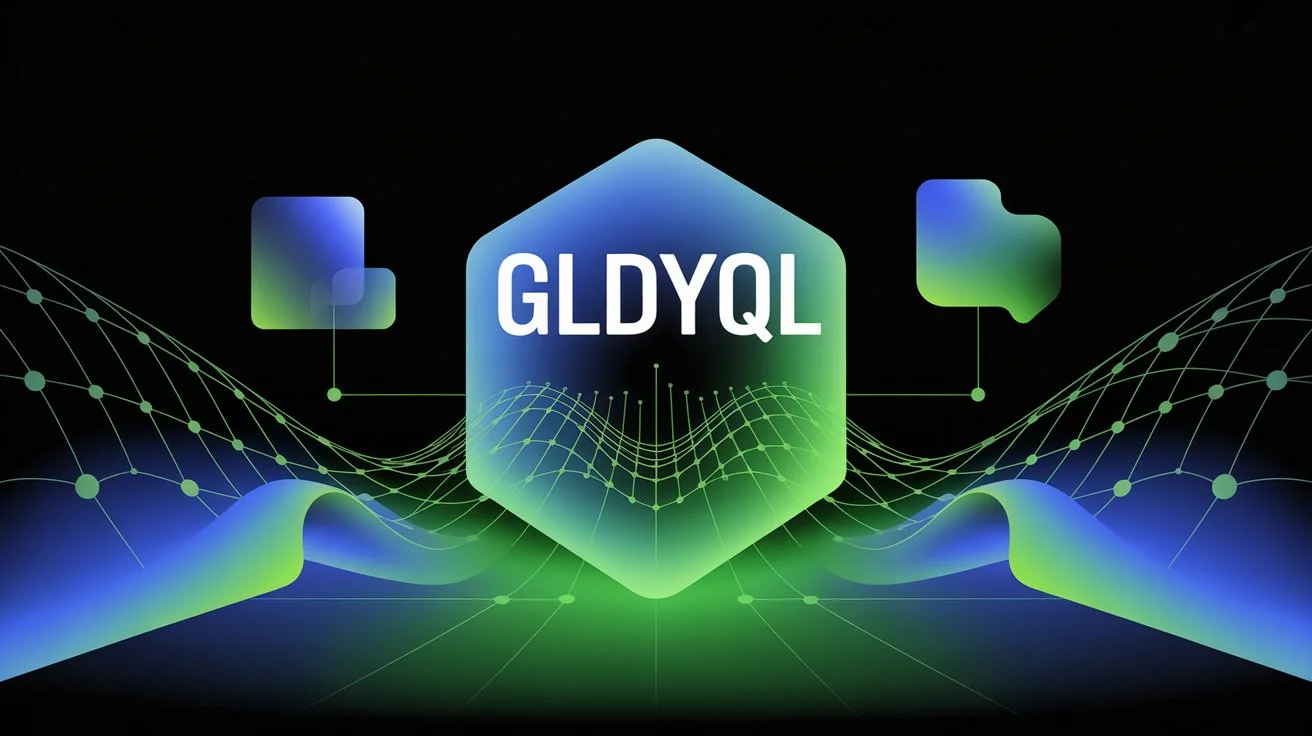In the last decade, solar energy has moved from being a futuristic idea to a practical solution powering homes, businesses, and industries. Within this transformation, HMS Photovoltaik has emerged as a frequently searched concept. Yet, for many people, it remains unclear what it actually represents, how it works, and why it matters in today’s renewable energy landscape.
As someone who has personally observed the evolution of photovoltaic (PV) systems in both residential and industrial settings, I aim to break down the details of HMS Photovoltaik in a clear, experience-driven, and people-first manner. By the end of this guide, you will not only understand the technology but also know its practical benefits, limitations, and applications.
What is HMS Photovoltaik?
HMS Photovoltaik generally refers to the use of photovoltaic systems with Hybrid Management Systems (HMS). In simpler words, it combines solar panels with intelligent management solutions that help optimize energy generation, distribution, and storage.
Unlike traditional PV systems, which simply generate electricity and feed it into the grid or a battery, an HMS-controlled system makes real-time decisions about how energy should be allocated. For example:
- Should the solar power go directly into household consumption?
- Should it charge the battery for later use?
- Should excess energy be fed into the grid at the right time for maximum efficiency?
This level of smart management is where the term HMS Photovoltaik becomes meaningful. It is not just about producing electricity but about making solar energy smarter and more sustainable.
Why Does HMS Photovoltaik Matter Today?
The shift toward renewable energy is no longer optional—it is essential. Rising electricity prices, global climate agreements, and national energy transition policies are pushing households and businesses toward photovoltaics.
HMS technology plays a crucial role because it helps overcome one of the biggest challenges in solar energy: variability. The sun doesn’t shine equally every day, and electricity demand fluctuates throughout the day. By integrating management systems, photovoltaic solutions become far more efficient and reliable.
Key Benefits of HMS Photovoltaik
1. Higher Energy Efficiency
Traditional systems often waste potential energy because they cannot adjust dynamically. An HMS ensures that energy is distributed where it is most valuable.
2. Better Return on Investment (ROI)
By maximizing self-consumption and reducing reliance on the grid, households and businesses can recover their solar investments faster.
3. Integration with Storage Solutions
One of the strongest points of HMS Photovoltaik is its ability to work seamlessly with storage batteries. This ensures energy independence, especially during peak consumption hours.
4. Grid-Friendly Operation
With smart regulation, excess energy is fed into the grid at optimal times, helping stabilize local electricity networks instead of stressing them.
5. Sustainability at Scale
Beyond financial benefits, HMS Photovoltaik directly supports the global move toward carbon reduction and cleaner energy infrastructure.
Challenges and Considerations
No technology comes without challenges, and HMS Photovoltaik is no exception. From my professional observations, here are the main hurdles:
- Initial Investment Costs: Smart management systems, when combined with batteries and advanced inverters, significantly increase upfront costs.
- Technical Complexity: These systems require professional planning, installation, and maintenance.
- Compatibility Issues: Not all solar modules, inverters, and storage solutions are compatible with every HMS platform.
- Policy and Grid Regulation: Feed-in tariffs, grid approval processes, and local regulations can influence how beneficial an HMS actually becomes in practice.
Real-World Applications of HMS Photovoltaik
Residential Homes
In family houses, HMS technology ensures that daytime solar power runs essential appliances while charging storage for evening use. Many homeowners I’ve spoken with report savings of up to 40% on their electricity bills after adopting HMS-based systems.
Commercial Buildings
For businesses with fluctuating energy needs, HMS Photovoltaik helps reduce peak demand charges and allows smoother integration of renewable energy.
Industrial Settings
Factories with large-scale energy consumption benefit from predictive load management and the ability to sell surplus energy profitably back to the grid.
Energy Communities
In Europe especially, energy-sharing communities are rising. HMS Photovoltaik plays a central role in balancing generation and consumption across multiple households.
Practical Steps for Those Considering HMS Photovoltaik
- Start with an Energy Audit
Assess your current consumption and identify peak times. This will show you how valuable HMS integration can be. - Check Compatibility
If you already own PV panels, confirm whether they are compatible with HMS-based inverters and storage solutions. - Select a Trusted Installer
Professional planning is non-negotiable. Look for certified providers with proven experience in hybrid solar management systems. - Factor in Local Regulations
Policies vary by country. Some regions offer subsidies for smart systems, while others impose stricter grid integration rules. - Plan for Scalability
Don’t just plan for today’s needs. Choose a system that can be expanded in the future as your energy requirements grow.
FAQs About HMS Photovoltaik
- What does HMS stand for in photovoltaics?
HMS usually refers to Hybrid Management System, a technology that optimizes how solar energy is generated, stored, and used. - Is HMS Photovoltaik only useful with batteries?
No. While storage enhances its value, HMS can still optimize direct grid feed-in and household consumption. - How much does an HMS-based solar system cost?
Costs vary widely depending on system size, storage capacity, and brand. On average, expect a 20–30% higher upfront investment compared to a basic PV system. - Can existing PV systems be upgraded with HMS?
In many cases yes, especially if modern inverters are in place. However, compatibility checks are essential before upgrades. - Does HMS Photovoltaik help during power outages?
If combined with storage and configured for islanding operation, yes—it can provide backup power. Otherwise, grid-only systems usually shut down during outages for safety reasons. - Is HMS Photovoltaik worth it for small households?
Yes, though the financial return depends on local energy prices and regulations. Small households often see benefits if they consume most of their solar energy on-site.
Conclusion
HMS Photovoltaik is not just another buzzword in the solar industry—it represents a meaningful step toward making renewable energy smarter, more reliable, and financially viable. By integrating hybrid management systems with photovoltaics, both individuals and businesses can achieve higher efficiency, stronger energy independence, and long-term sustainability.
For anyone considering solar energy today, understanding HMS Photovoltaik is essential. While it requires higher upfront investment and careful planning, the long-term benefits—in both economic and ecological terms—make it a technology worth exploring.





